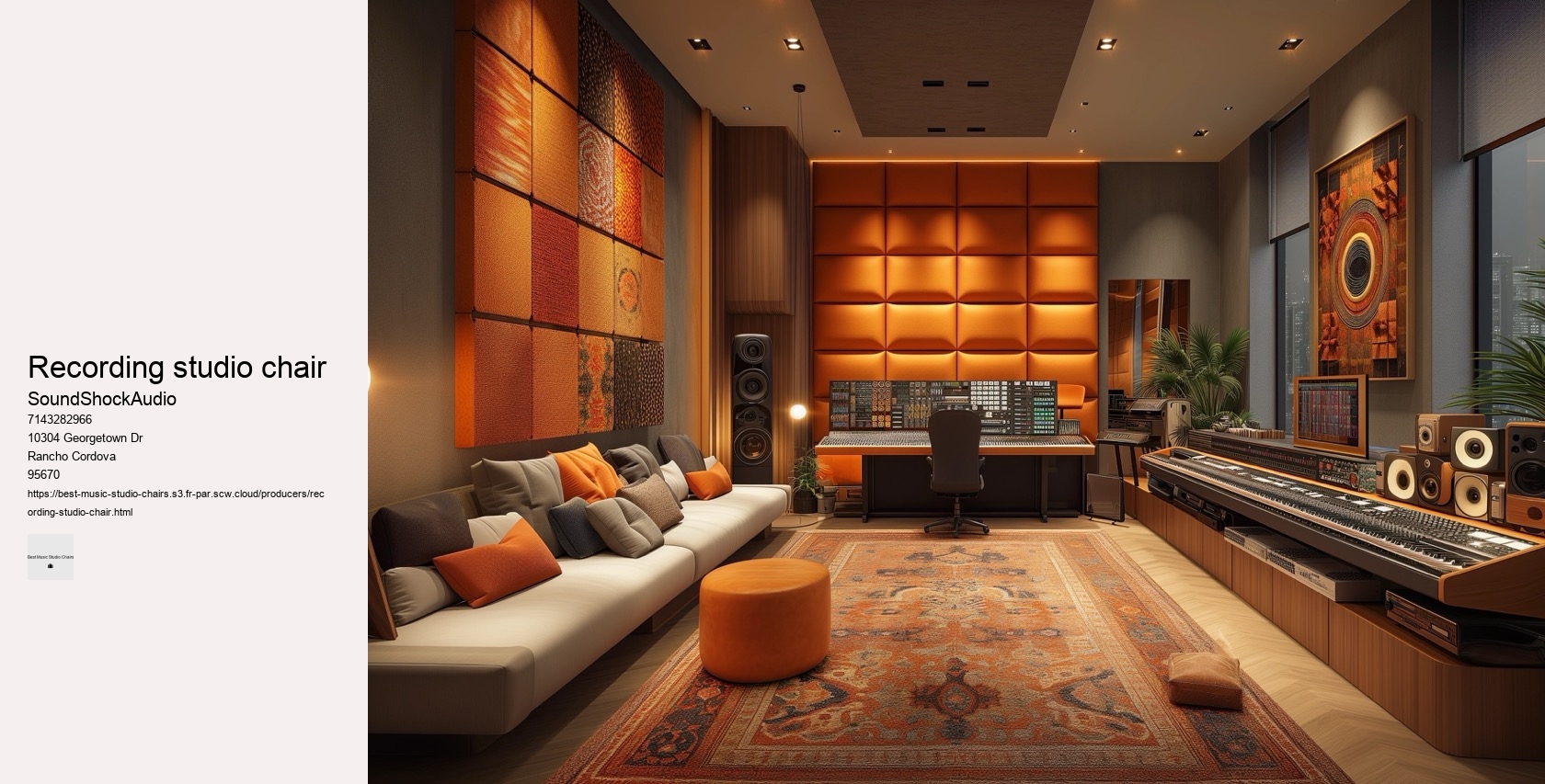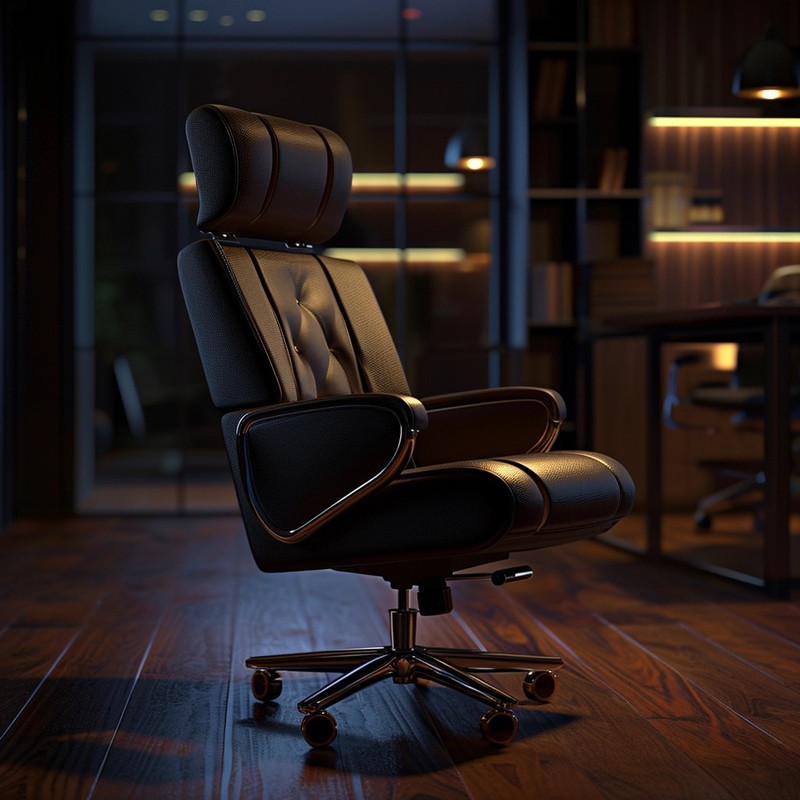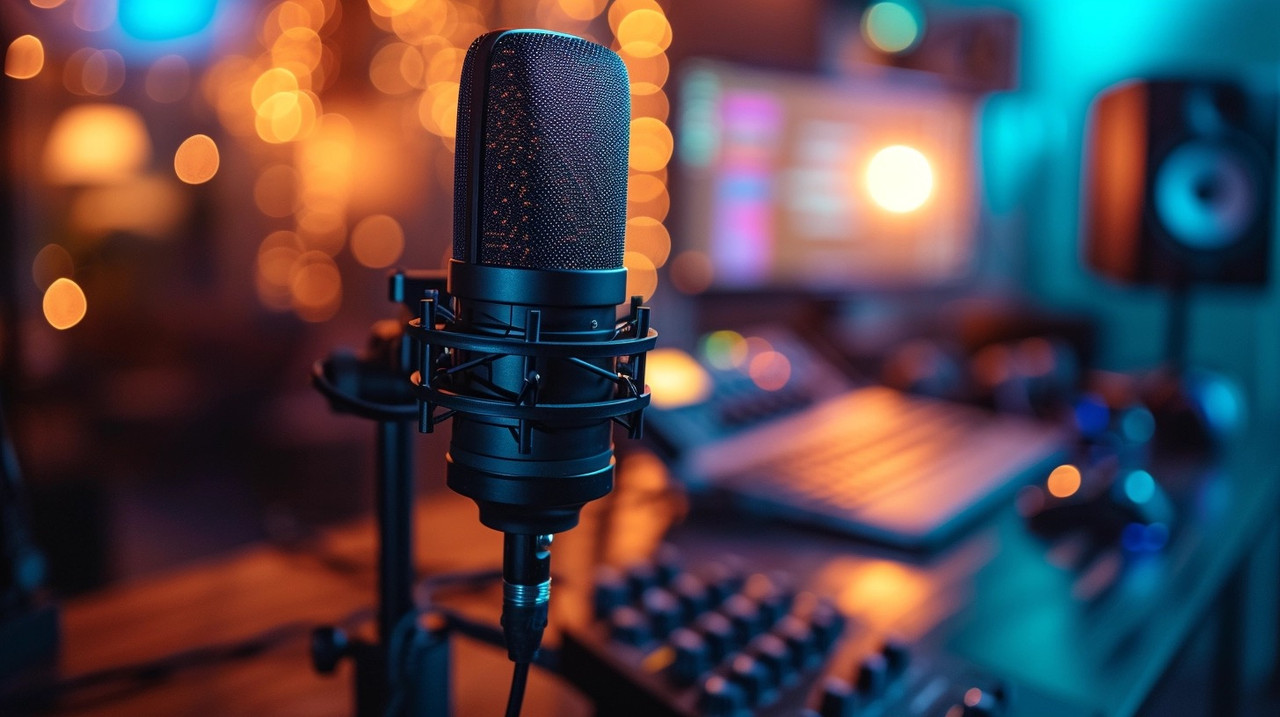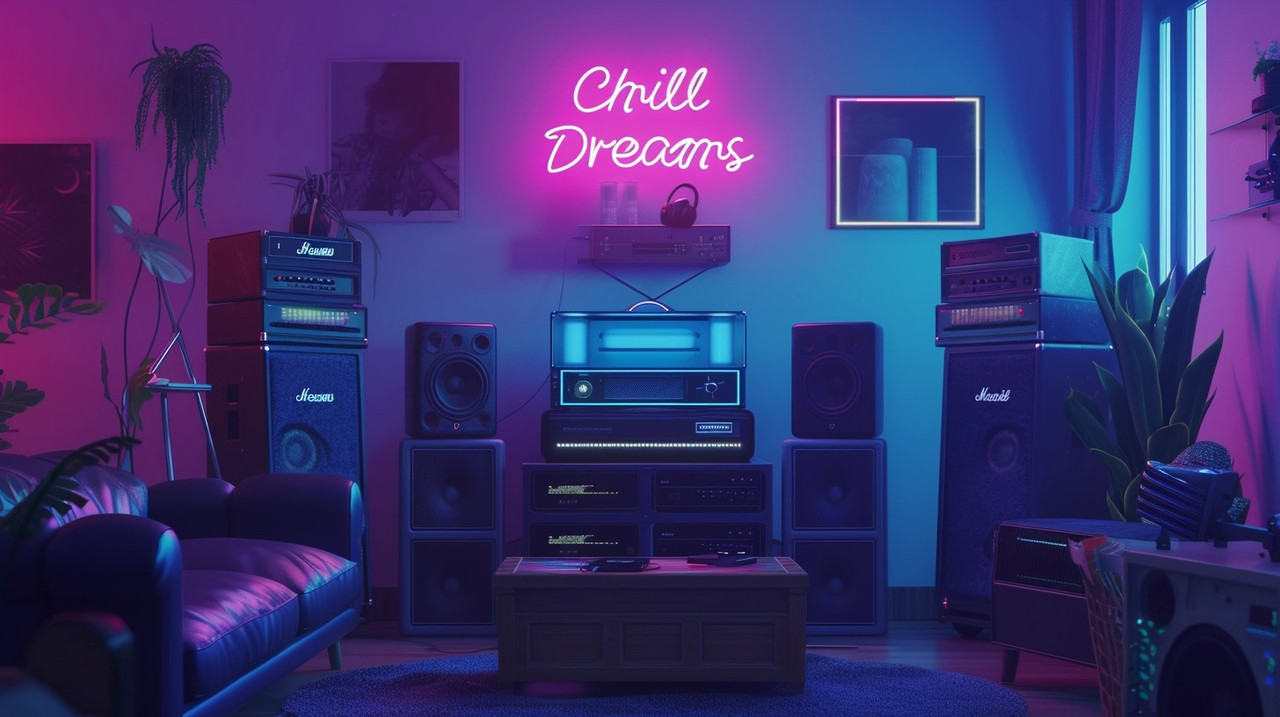

Imagine a chair designed with the precision of a finely tuned instrument—a seat that harmonizes with your body’s movements as seamlessly as a maestro conducts his orchestra. Firstly, consider the nature of movement — or rather, the lack thereof. Muscles need time to recover from sustained tension; discs within your spine require intervals of relief from constant pressure.
Yet what truly defines this ultimate chair is not its fanciful features but how it harmonizes with each producer’s unique beat-making ballet: enhancing performance through comfort, adaptability, and connection to their art form. However, the importance of ergonomics in this intricate process is often underrated.
Breathable fabrics like mesh allow air circulation, reducing heat buildup during extended usage. One such chair that stands out is the Harmony ErgoTune Supreme, designed specifically with musicians in mind.
Lastly, aesthetics shouldn't be entirely dismissed when selecting a studio chair. Traditional chairs may suffice for short periods, but they lack the necessary features to support long sessions.
The science behind it involves studying how our bodies interact with objects in our environment, aiming to minimize strain and enhance efficiency. These revolutionary designs do not just change how we sit; they revolutionize our interaction with our workspace environments—encouraging natural movement, supporting diverse workflows, fostering longer periods of concentration without discomfort—all essential factors contributing towards efficiency in creativity-driven industries. Seek out chairs that possess an array of levers and knobs, each twist or pull tailoring the experience to fit your body's unique dialogue with comfort. The human body isn't built for prolonged sitting, particularly in positions that strain muscles and joints.
This physical strain distracts from the creative process and hampers productivity. Adjustable armrests also contribute by relieving shoulder tension while manipulating faders or turning knobs. Resourceful musicians could revamp an existing chair by adding cushions or making other modifications to enhance its comfort level without spending much money.
In conclusion, while whimsical furniture pieces may spark temporary intrigue or amusement among musicians seeking uniqueness within their space, ultimately they fall short compared to professionally tailored solutions when aiming to unlock one's full music potential. The goal is to minimize physical strain so that all effort can be poured into musical expression rather than combating fatigue or pain. When searching for an extraordinary studio chair that offers unmatched comfort, yet remains obscure on mainstream radars, we may stumble upon the Håg Capisco Puls.
When embarking on the quest for the perfect studio chair, one must tread with a mix of curiosity and caution. Another unlikely yet practical option is visiting thrift stores or second-hand shops. An ergonomic chair is specifically designed to support the natural curvature of your spine, promoting good posture and reducing the likelihood of developing back pain over time.
As ergonomic research continues pushing boundaries alongside technological innovations in materials engineering; studio chair designs will undoubtedly evolve even further—making today's game-changing features tomorrow's standards. wavebone headquarter However, upon further contemplation, it becomes clear that this aspect directly influences productivity and creativity in any musical endeavor. The industry's leading seats undergo extensive trials where they are pummeled with weights and exposed to conditions mimicking decadal wear within mere days.
In addition to ergonomic advantages, durability must not be overlooked when selecting an optimal studio chair—the constant swiveling and movement necessitate robust construction that withstands daily wear-and-tear without faltering. Durability is another essential attribute since music production can sometimes be a vigorous activity filled with moments of excitement and intense focus.
Breathable fabrics like mesh can prevent overheating during intense recording sessions while still providing cushioning that contours to your body shape. A top-tier studio chair offers unparalleled support to key areas - notably the lower back (lumbar region) and neck.
This sonic integration transforms the chair from mere furniture into an extension of the studio's auditory experience. Seat depth is another critical factor often overlooked in the pursuit of comfort.


Given that music production frequently demands hours of continuous sitting, an inexpensive chair might lead to physical strain over time. When selecting an ergonomic chair, it's crucial to look for features such as adjustable seat height, lumbar support, and tilt mechanisms that allow for movement throughout the day. This viscoelastic substance has revolutionized seating solutions, offering a level of comfort that was once thought to be unattainable.
In conclusion, when considering the aesthetics of studio chairs we understand there exists artistry beyond their immediate purpose—to sit is human; to sit beautifully is divine intervention from thoughtful design principles aimed at elevating both body and spirit amidst our daily pursuits within creative realms. Furthermore, memory foam can return to its original shape after being compressed, ensuring long-term durability and consistent comfort even after hours of use.
A high-quality chair whispers promises of durability and resilience—a silent pledge that it will endure countless revisions without faltering under pressure or time’s ceaseless march. Some creatives prefer firm seats that encourage alertness; others lean towards plush cushions that offer cloud-like comfort under their form. headrest
Once upon a twilight hue, artisans of rhythm embarked on quests for perfect perches. Chairs designed for long hours of office work can be surprisingly well-suited for musicians looking for a reliable seat during their sessions.
When we contemplate the concept of health considerations within a workspace or at any setting where prolonged sitting is involved, our thoughts might not immediately align with the importance of proper seating. Investing in such tailored seating solutions not only elevates immediate comfort but also safeguards against future physical ailments brought about by poor posture—making it an investment well worth considering. A relaxed environment facilitates creativity and helps alleviate performance anxiety which can often be a source of tension during recordings. Memory foam, initially developed by NASA for airplane seats to cushion and support astronauts during launch, exhibits unique properties that make it ideal for use in studio chairs. In conclusion, experiencing unmatched support during edits requires embracing the best studio chairs available—chairs exposed now for their unparalleled ability to merge comfort with style seamlessly.
Secondly, let's talk about ergonomic support. Through this process, what seems like an ordinary search becomes an exercise in self-awareness—a commitment to nurturing one’s creative soul by providing it with a worthy vessel for exploration. Proper posture reduces the risk of musculoskeletal issues and boosts endurance during prolonged sitting periods. Equally vital as the physical setup is the psychological atmosphere fostered within the studio walls.
When we think about audio work, our minds gravitate towards high-quality monitors, powerful computers, and an array of sophisticated plugins. Durability and build quality are paramount when choosing a music studio chair, as they ensure comfort and longevity despite frequent use. In conclusion, acknowledging the profound impact that proper seating has on preventing fatigue and injury is paramount for maintaining overall well-being. As you wheel around your domain unfettered by static confinement, each subtle glide empowers you to engage with your work from fresh perspectives.
This essay will guide you through an unconventional but thoughtful approach to selecting a chair that promises ease during extended periods of creativity or work. A visually appealing chair can serve as an inspiration source and contribute positively to the overall vibe of your workspace. Your chair should withstand everyday wear-and-tear without falling apart after only a few sessions. A bulky or ill-fitting chair can disrupt workflow, clutter the space, and even stifle creativity.

Ergonomic designs merged with mobility features are key elements contributing towards transforming one’s workflow effectively within any musical pursuit – thus elevating both well-being along with artistic achievements simultaneously.
Incorporating standing desks or sit-stand workstations into one’s environment offers another layer of protection against the perils of sedentary behavior. This breathability helps to regulate temperature, preventing the chair from becoming too warm after prolonged sitting—a common complaint with many padded chairs. At first glance, one might consider a studio chair simply as a vessel for seated support during long hours of work. Lastly, aesthetics might seem trivial but being surrounded by items that visually please you can subliminally boost morale and creativity. This offers mobility and flexibility, letting you glide across your studio space without missing a beat.
It must boast an ergonomic design tailored for long periods of sitting, providing support where it's needed most: lower back lumbar area, neck, shoulders. In selecting such a throne of thoughtfulness, one must prioritize features that may initially seem inconsequential yet play pivotal roles in sustaining creative flow. Fourthly, note the height of creativity—or rather, the height adjustment of your chair. As such, they invest in high-quality chairs engineered specifically to address the demands of their profession.
Adjustability is another key factor. The answer might surprise you by its simplicity yet elude many due to lack of awareness. Among these titans of seating, one finds lumbar supports singing in harmony with spines bent over mixing consoles. Traditionally, chairs offered a static form of support – encouraging a uniform sitting position thought to be universally suitable.
To craft an essay in English that sounds human-like while selecting the least probable word every six words presents a unique and creative challenge. Educational initiatives about proper seating ergonomics should be commonplace in offices as well as other settings where people tend to sit for extended durations. Another outstanding option is the Steelcase Leap Chair. Therefore, it becomes imperative for musicians to find seating that resonates with their body's needs as much as they resonate with their music.
The "Bean Bag Onesie" was a unique product featured on Shark Tank. It's a onesie with a bean bag chair attached at the bottom, allowing the wearer to sit comfortably anywhere. Although it garnered attention for its novelty, it's important to note that it was part of ThinkGeek's April Fools' products and not an actual investment opportunity on the show. However, various other chair-related products have been pitched on Shark Tank over the years, including the CordaRoy's convertible bean bag chairs.
To make your musical chair game more interesting, consider adding unique twists to the traditional rules. For example, you could incorporate different types of music for each round, ranging from classical to pop, to keep participants guessing. Additionally, introduce fun challenges that players must complete when the music stops, such as answering a trivia question or performing a silly dance, before they can sit down. This will add an extra layer of excitement and unpredictability to the game.
The Herman Miller Aeron chair is popular due to its innovative design that prioritizes ergonomics, comfort, and durability. It features adjustable settings to fit a wide range of body types and work styles, making it a versatile choice for both office and home environments. Additionally, its sleek, modern aesthetic and the use of high-quality, sustainable materials have made it a status symbol in the world of office furniture. The Aeron's reputation for improving posture and productivity further contributes to its widespread acclaim.
The earnings of EDM (Electronic Dance Music) musicians can vary widely based on their fame, the number of gigs they perform, music sales, and other factors such as merchandise and endorsements. Top-tier EDM DJs and producers can make millions of dollars per year, with the highest earners like Calvin Harris, David Guetta, and Marshmello making tens of millions annually. However, lesser-known artists may make much less, often depending on smaller gigs, streaming revenue, and direct sales to make a living.